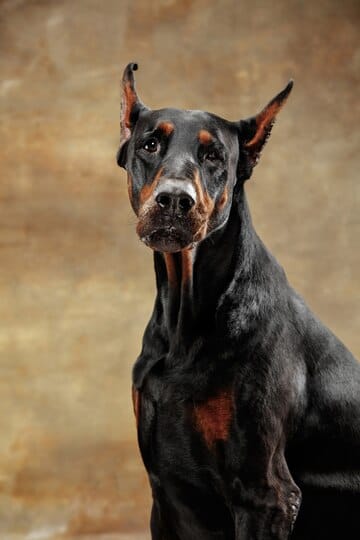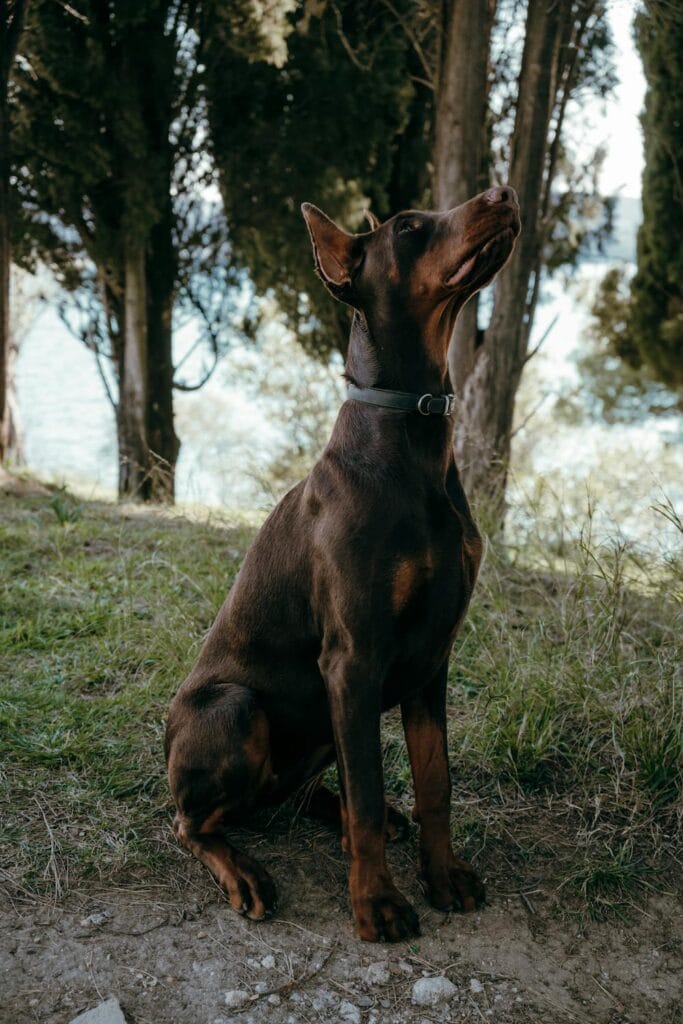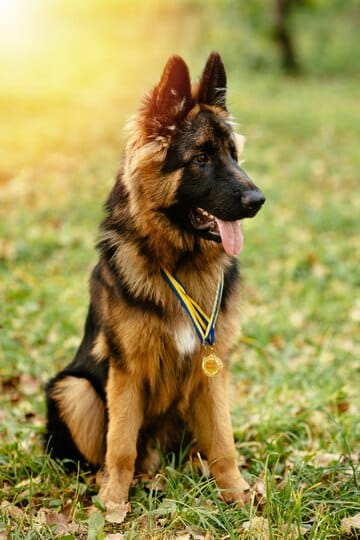The Fascinating Genetics of Poodle Hair
Poodles are known for their distinctive, curly coats that resemble human hair more than traditional dog fur. But what exactly makes their coat so unique? The answer lies in their genetic makeup.
Unlike most dogs, poodles have a rare genetic mutation that causes their fur to grow continuously, much like human hair. This mutation affects the hair growth cycle, resulting in a coat that never stops growing and requires regular grooming to maintain.
Additionally, poodle hair has a different structure than regular dog fur. While dog fur is coarse and consists of two layers (a soft undercoat and a coarser outer coat), poodle hair is single-layered and finer in texture, resembling human hair strands.

Here’s a comparison table to highlight the key differences:
| Feature | Poodle Hair | Regular Dog Fur |
| Growth Cycle | Continuous | Cyclical |
| Texture | Fine, soft | Coarse, rough |
| Structure | Single-layered | Double-layered |
| Shedding | Minimal | Moderate to heavy |
Interestingly, the hair growth cycle of poodles is more akin to that of humans than other dogs. Both poodles and humans have an extended anagen (growth) phase, which contributes to their continuously growing hair or fur.
Grooming Poodles: A Labor of Love
Poodles’ unique coats require regular grooming to prevent matting, tangling, and maintain their signature curly appearance. Poodle owners often opt for various haircut styles, such as the iconic “poodle clip,” which involves shaving the body hair while leaving pom-poms on the legs and tail.
Other popular poodle haircut styles include:
- Puppy Clip: A shorter, low-maintenance cut suitable for active poodles.
- Continental Clip: A stylish look with the hindquarters shaved and pom-poms on the legs and tail.
- Sporting Clip: A functional cut for hunting and sporting poodles, leaving the body hair slightly longer for warmth.
Regardless of the chosen style, poodle grooming is a time-consuming process that often requires professional assistance. Regular brushing, bathing, and trimming are essential to prevent matting and keep the coat healthy.
For those who prefer to groom their poodles at home, investing in high-quality grooming tools and learning proper techniques is crucial. Seek guidance from experienced groomers or online tutorials to ensure your poodle’s coat remains in top condition.
Poodles with Human Hair: Separating Fact from Fiction
While poodles’ hair-like coats are undeniably unique, it’s important to separate fact from fiction when it comes to the notion of them having “human hair.”
Despite their resemblance, poodle hair is not identical to human hair. Here are some key differences:
- Composition: Poodle hair is primarily composed of keratin, just like human hair. However, the specific keratin proteins and their structures differ between the two.
- Growth Rate: Poodle hair grows faster than human hair, with an average growth rate of about 1 inch per month.
- Follicle Structure: The hair follicles of poodles are different from those of humans, affecting the way the hair grows and its overall appearance.
- Texture: While poodle hair may appear similar to human hair, it often has a slightly coarser or rougher texture, especially as the coat grows longer.
Additionally, there are numerous myths and urban legends surrounding poodles and their hair. For instance, some people believe that poodles were bred using human hair, or that their coats are the result of cross-breeding with other species. These claims are entirely fictitious and have no scientific basis.
The Hypoallergenic Advantage of Poodle Hair
One of the biggest advantages of poodle hair is its hypoallergenic properties, making poodles a popular choice for people with pet allergies. But what exactly makes poodles hypoallergenic?
The primary cause of pet allergies is not the fur itself, but rather the proteins found in pet dander (dead skin cells), saliva, and urine. Poodles produce significantly less dander than many other breeds due to their hair-like coats and minimal shedding.
However, it’s important to note that no dog breed is truly 100% hypoallergenic. Even poodles can potentially cause allergic reactions in some individuals, as they still produce allergens to some degree.
For allergy sufferers considering a poodle as a pet, it’s recommended to spend time around the breed beforehand to gauge their individual reaction. Additionally, regular grooming and bathing can help reduce allergen levels in the home.
Caring for Your Poodle’s Unique Coat
Maintaining a poodle’s coat requires diligent care and attention. Here are some tips for keeping your poodle’s hair healthy and beautiful:
- Brushing: Regular brushing is crucial to prevent matting and tangling. Aim to brush your poodle’s coat at least once a day, using a slicker brush or a metal comb designed for curly coats.
- Bathing: Poodles should be bathed every 4-6 weeks using a mild, high-quality dog shampoo. Avoid over-bathing, as it can strip the coat of its natural oils.
- Trimming: Regular trims are necessary to maintain the desired haircut style and prevent the coat from becoming overgrown and unruly. Seek the services of a professional groomer or learn proper trimming techniques.
- Proper Nutrition: A well-balanced diet rich in essential nutrients can promote healthy hair growth and a lustrous coat.
- Conditioners and Detanglers: Consider using leave-in conditioners or detangling sprays to help manage tangles and keep the coat soft and manageable.
- Avoiding Matting: Pay special attention to areas prone to matting, such as behind the ears, under the legs, and around the tail. Gently work through any mats with your fingers or a mat-splitter tool.
By following these grooming guidelines and seeking professional advice when needed, you can ensure your poodle’s coat remains in top condition, showcasing its unique beauty and texture.
Frequently Asked Questions
Q: Do poodles shed?
A: Poodles are considered low-shedding or non-shedding dogs due to their hair-like coats. However, they do experience some minimal shedding, especially during seasonal changes or when their coats are due for grooming.
Q: How often should I groom my poodle?
A: The frequency of grooming depends on the haircut style and your personal preferences. As a general rule, most poodles require grooming every 4-6 weeks to maintain their coats and desired look.
Q: Can poodles be groomed at home?
A: Yes, it is possible to groom your poodle at home with the right tools and techniques. However, it requires patience, practice, and a significant time commitment. Many poodle owners opt for professional grooming services to ensure their dog’s coat is properly maintained.
Conclusion
Poodles’ hair-like coats are truly remarkable, setting them apart from other dog breeds. While their coats may resemble human hair in appearance, it’s important to understand the unique genetic and structural differences that contribute to their distinctive texture and growth patterns.
Caring for a poodle’s coat is a labor of love, requiring regular grooming, proper nutrition, and dedication. However, the effort is well worth it, as a well-maintained poodle coat is not only visually stunning but also offers hypoallergenic benefits for those with pet allergies.
Whether you’re a seasoned poodle owner or considering adding one of these unique dogs to your family, appreciating and embracing the beauty of their hair-like coats is an integral part of the poodle experience.































